March 4 - 10, 2018: Issue 350
Autumn Classics:
Kale, Ricotta and Chicken Cannelloni
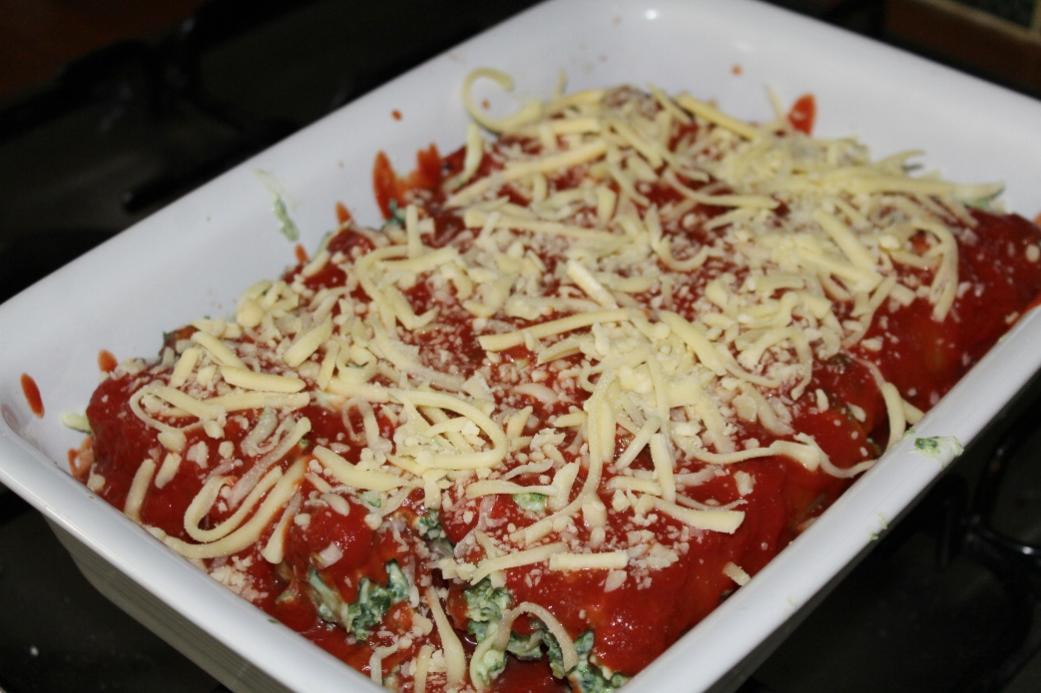
Autumn Classics: Kale, Ricotta And Chicken Cannelloni
- Fry off the onion gently until translucent, add crushed garlic clove and stir for 60 seconds. Turn off heat and allow to cool.
- Mix Kale, chicken cut into small pieces (diced), ricotta and handful of mixed cheeses in one bow. Season with salt and pepper. Add in cooled onion and garlic mix, stir again until all well mixed.
- Line base of large baking dish with shallow layer of Passata.
- Begin stuffing your instant cannelloni; you can buy fresh cannelloni sheets now and cut these to desired size and they make it a bit easier to roll around mix. Otherwise you can use a pipping bag to fill cannelloni if pressed for time. This size mix will fill a whole box of cannelloni and takes around half an hour of therapeutic filling and will amass two layers of cannelloni. Make sure you put a little bit of the Passata mix between layers.
- Cover top with rest of Passata sauce and top with remaining three cheeses mix.
- Bake at 180 C for 40 minutes.
- Put bread rolls in oven 5 minutes prior to serving.
- Toss salad leaves in olive oil/vinegar dressing
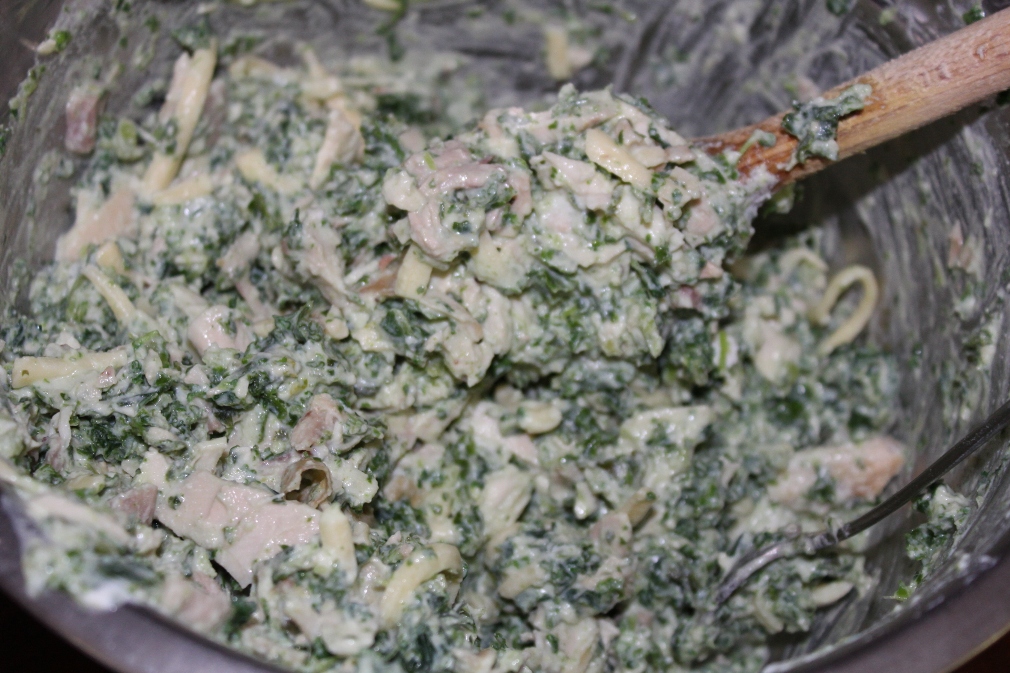
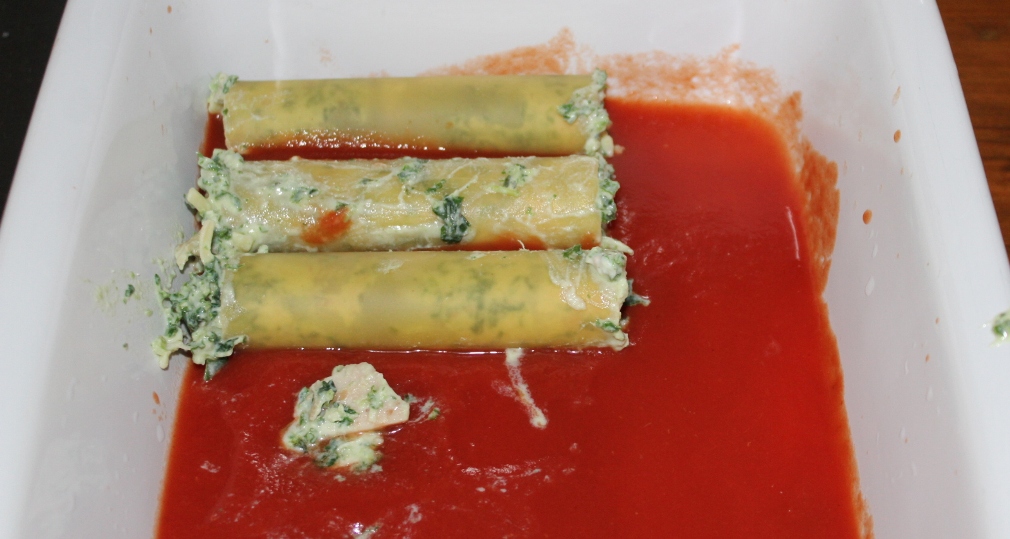
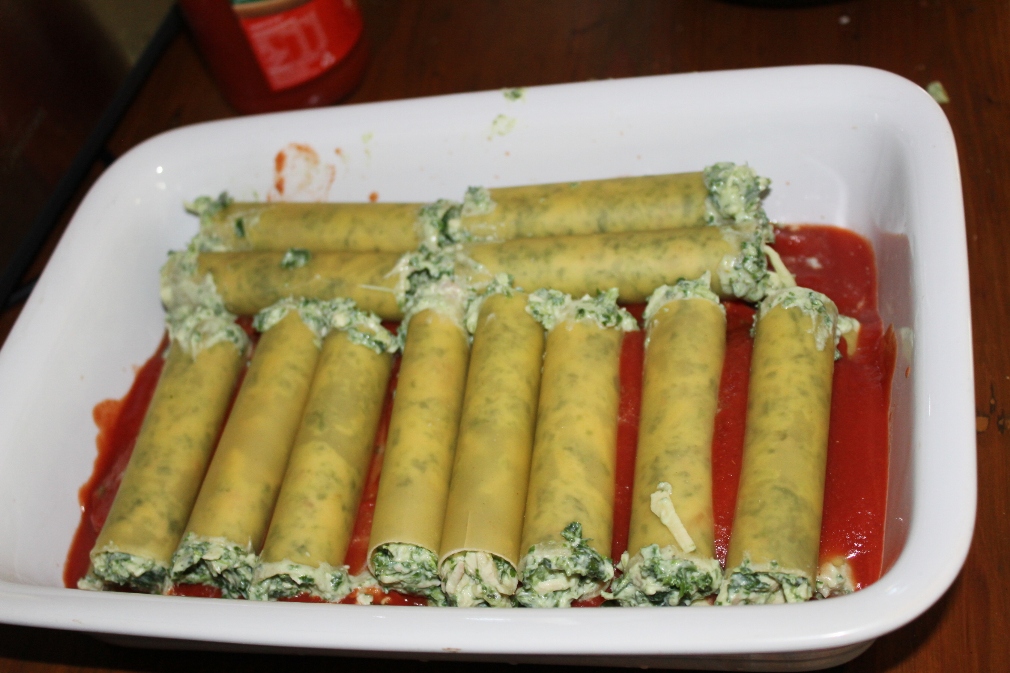
The Stories Behind The Basic Ingredients
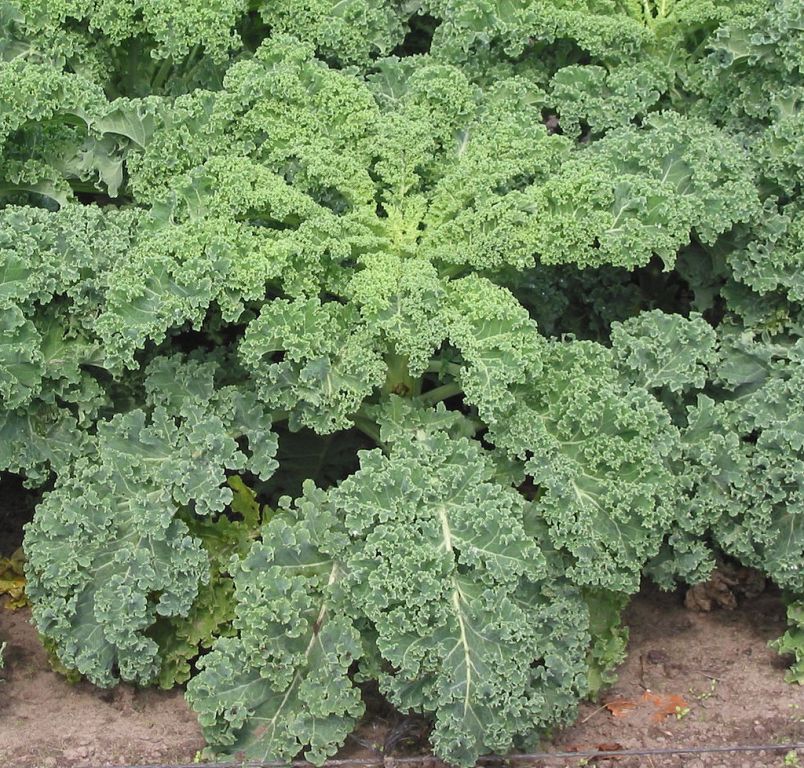
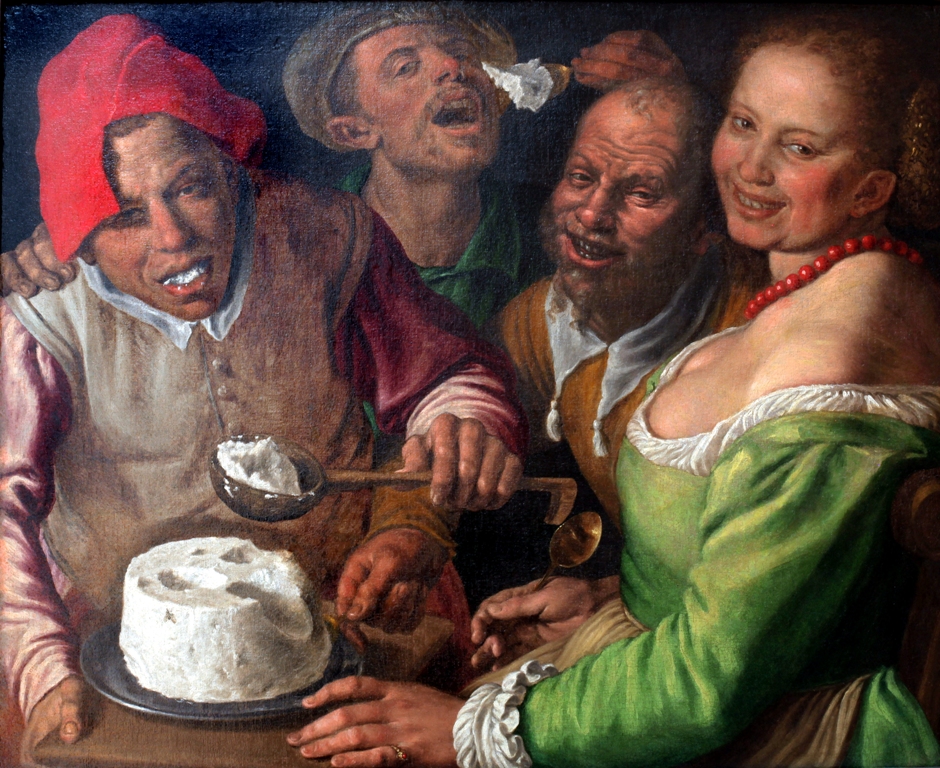
Recipe Ideas - Seasonal Fruits and Vegetables
Apricot - January Summer Fruits
Artichoke – The Flower Vegetable that Crops in Spring
Australian and Native Cherries (Summer Fruits) - the Duntroon Connection - Marrianne Collinson Campbell
Autumn Feast of Fresh Fruits and Vegetables for a Healthy Body
Cherry - Australian summer Fruit
Chick Pea Burgers with Homemade Hummus
Easter Feast - modern and historic
Edible Weeds Eggs: Five Ways - Savoury
Full Fruit Bowl for Seasonal Health
Green Beans - Spring Vegetables
Healthful Cordials And Cleansing Tonics Hogmanay (New Year) Dinner - Australian Style
Make Your Own Treats For Christmas Gifts - Jaffa Rum Balls, White Christmas, Gingerbread People, Spicy Nut Mix, Strawberries Dipped in Christmas, Scottish Shortbread, Spanish Polverones, Melomakarona (Greek Christmas Honey Cookies), Kourabiedes (Greek Butter Biscuits), Italian Lemon Shortbread Squares (Shortbread con crema al limone)
Mandarins Spring Fruits Mandarins Winter Fruits
Mum's Vegetable Soup with Macaroni
Nectarines - Summer crop Nicoise Salad: An Autumn Salad
Packham's Triumph Pears - The Australian Pear
Parsnip - Winter Vegetables Pear - Autumn Fruits
Potato Gnocchi Pumpkin Pumpkin Season 2015
Sage - the 'saving' herb Remembrance Day 2012 Food
Self-Saucing Winter Puddings Silverbeet - Winter Vegetable
Spring Salad Season Spring Strawberries Spring Salads
Summer Lilli Pillis Summer Passionfruit Summer Peaches, Quandongs (Wild Peach) - Marian Rowan Ellis
Summer Raspberries Native Ones - Adam Forster
Ten Minute Spring Salads; Spring Fare
Winter Crops Winter Vegetable Pies Zucchini Strawberries
Pittwater Restaurants, Cafés and Bistros
Café Edelweiss and the German Butchery at Bassett Street: Mona Vale Caffeine Villains - Newport
Duck Creek Macadamias - Orange Obsessions
Graze N Cakes North Avalon-Careel Bay
Home Grown Food Program in Fruit and Veg Month by Jess Rosman
Japanese Cuisine in Avalon: Four Options
Laurie Bimson's Marinated Kangaroo Recipe
Lobster Nights at Club Palm Beach
Marina Café: Church Point - within The Quays Marina at Church Point
Mekong: Merchants of Taste - Vietnamese street food Avalon Beach
Modus Operandi Brewing Co., Brilliant Beers, Beautiful Burgers in Mona Vale
Palm Beach Fish and Chips Tops Scale at 10
Parkview Restaurant: Avalon Beach RSL Club
Prontos Creative Food - Palm Beach Pronto Creative Food Celebrates 30 Years - Palm Beach Success Story for Local Lady Pronto Creative Food: Something Sweet
Riva Bar and Kitchen - Avalon Beach
RMYC Function Food at Rotary Club of Pittwater 52nd Changeover Dinner
RMYC Ladies Lunch for July(2012); 'Boosting Your Brain and turning Your Stress Into Success' by Dr. Helena Popovic
Salt Cove On Pittwater at RMYC Broken Bay
The Avalon On The Beach Restaurant and Kiosk Opens in Avalon Beach SLSC clubhouse

To list your business, have a Pittwater Online News Food page run, or place a logo on the Pittwater Online News Food page, please contact us with details of your requirements. Logos may be embedded to redirect to your own website.
Full pages include an overview of menus as well as beautiful images to make the food sampled look its best. Pages are archived into Permanent pages past their week of Issue.
Permanent pages in Pittwater Online News average 800 thousand visits per annum past their week of Issue ensuring diners will continue to view your eatery as a potential venue for breakfast, lunch or dinner or as the place to hold their larger functions.
For Rates and Packages Contact us at: pittwateronlinenews@live.com.au